Plants that should not be kept at home, as well as plants useful for the home

For many of us indoor flowers it is nothing more than an attribute of aesthetic beauty. When choosing them, we don’t think about which indoor plants should be in the house and which ones can only be harmful to health, especially when placed in the bedroom.
Content:
- Versatile indoor plants
- Useful properties, use for diseases
- What flowers are scientifically undesirable to keep in the house?
- Folk signs
- Which types can be kept in the bedroom and which not?
- Feng Shui Recommendations
- Plants for a children's bedroom
Versatile indoor plants
There are a sufficient number of flowers that have beneficial properties for humans. Some can improve the energy of your place of residence, others will provide timely assistance for certain diseases. Let's look at the main, commonly found types at home.
Aloe
It is a plant of the genus of succulents of the Asphodelaceae family. It is also called agave, since it is believed that under indoor conditions it blooms once every 100 years.
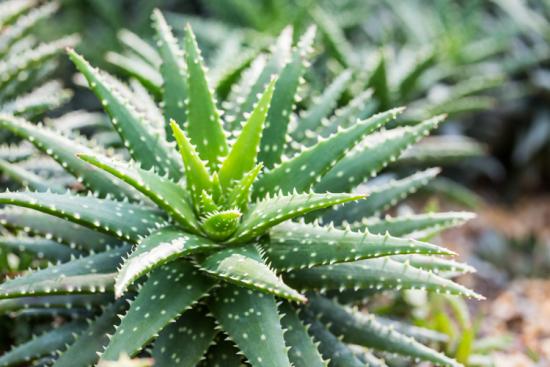
Like other types of flora, it can bring you joy every year. Due to the fact that it accumulates water with its leaves, it can go without watering for a long time.
Kalanchoe
Belongs to the genus of succulent plants of the family Crassulaceae. It needs more careful care, since a lack of light or too high an air temperature can lead to thinning of the stem and death of the leaves.
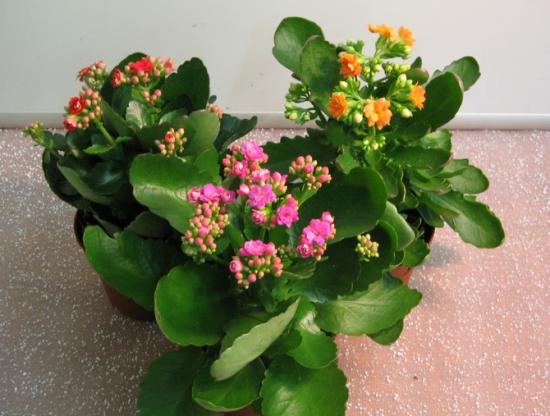
Abundant feeding and watering cause a lack of flowering with possible death of Kalanchoe.
Sansevieria or pike tail
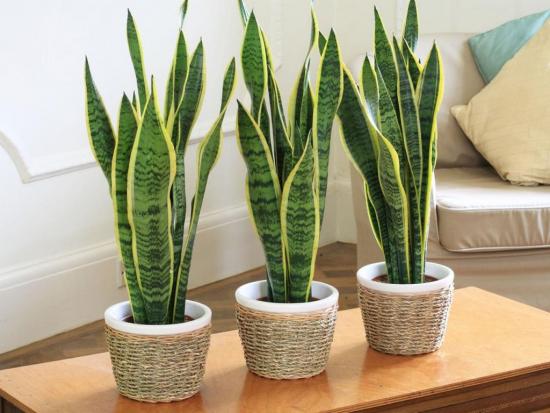
A perennial species of flowers of the stemless genus of the Asparagus family. It is absolutely unpretentious regarding rare watering or light, but can die from excessive amounts of water.
Hibiscus, or Chinese rose
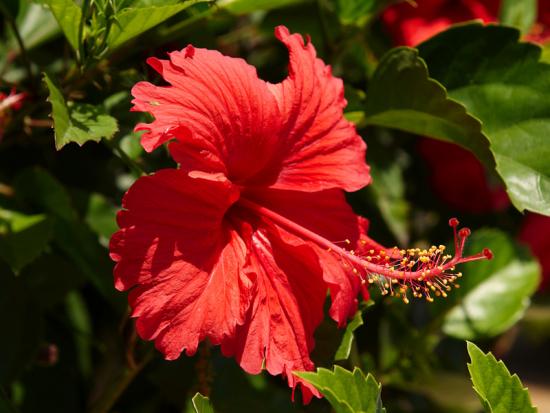
It is a large shrub with brightly colored flowers. It needs a lot of bright light and warmth, and as for humidity, moderate watering will be enough. Hibiscus able to withstand a slight decrease in air temperature, but will lose foliage.
Chlorophytum
Monocot plant of the herbaceous genus. Its belonging to any family has not yet been determined with certainty. Caring for it does not take much time. He loves bright, but diffused light; the soil should be kept moist, temperature 10-25 C.
Unfavorable living conditions Chlorophytum will not lead to his death, but will only spoil his appearance.
Useful properties, use for diseases
Necessity Aloe is caused not only by medicinal assistance, but also by the ability to release oxygen at night. The presence of certain substances in flower tissues makes it possible to suppress the development of cancer cells and eliminate pathogens.
Fresh juice accelerates the regeneration of the skin and is used to heal burns, wounds, and ulcers. Sabur is used as a laxative in the treatment of chronic colitis, gastritis, accompanied by low acidity.
Kalanchoe It is recommended to keep it at home as a “household healer”. Its juice has an anti-inflammatory effect and is an excellent remedy for eliminating toothache, treating cough, rhinitis, and stomach diseases.
In gynecological practice it is used to stop bleeding and eliminate cracked nipples.
It has been proven that Sansevieria neutralizes fumes emitted by various synthetic materials (linoleum), enriches the room with oxygen, helps people with weather dependence stabilize blood pressure, and increases the body’s defense against infections.
Its juice and decoction have anti-inflammatory and analgesic effects for skin inflammation, headaches, otitis media, intestinal disorders, diseases of the genitourinary organs, and the presence of worms. Sansevieria helps cope with stress and improves performance.
Flowering will have a positive effect on respiratory tract infections.
Hibiscus, like previous species, is a natural source of oxygen. Helps clear the room of dust and relieve stress. As a medicinal component, it is used in traditional medicine to strengthen blood vessels, treat viral infections, diseases of the gastrointestinal tract, and gall bladder.
Chlorophytum is considered one of the most useful house flowers, as it is able to cleanse the atmosphere of formaldehyde, which is part of thermal insulation.
What flowers are scientifically undesirable to keep in the house?
Certain domestic flora representatives can have a negative effect on the human body, so you should avoid their appearance in your home.
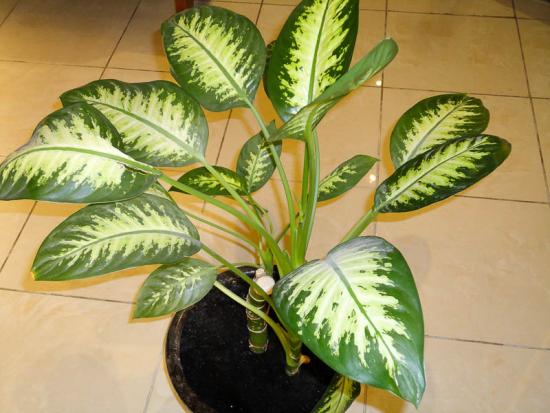
Here are some indoor plants that should not be kept at home, and for what reasons:
- Juice Dieffenbachia It is also very toxic, so it can cause burns when cutting leaves. Small children and pets can be seriously poisoned if they put the leaf in their mouth. Euphorbia has the same negative properties.
- The smell from Oleander blossoms causes dizziness and poor health. If ingested, the juice can cause blindness.
- Juice Crotona if released into the blood, it can lead to a life-threatening condition.
- The most dangerous species azaleas - Indian azalea. When grains of its leaves enter the body, intestinal colic with cramps begins.
- Long-term contact with mimosa is not advisable due to the risk of hair loss, and then complete baldness due to the presence of toxic substances.
- Very dangerous for animals ivy evergreen. For example, cats love to play with it, and if leaves or berries get inside, they can get severe poisoning with possible subsequent death.
- Adenium juice, like many other dangerous plants, leads to skin burns and poisoning.
- Monstera is not particularly dangerous, but its juice can also cause skin or eye burns and digestive disorders.
- When primrose blooms, the air is saturated with toxic substances, leading to nausea and dizziness.
- If particles of Stellera dwarf foliage enter the body, numbness of the vocal cords may occur, followed by swelling.
- One type of cactus, Trichocereus, with its aroma can cause hallucinations and paralysis of the nervous system.
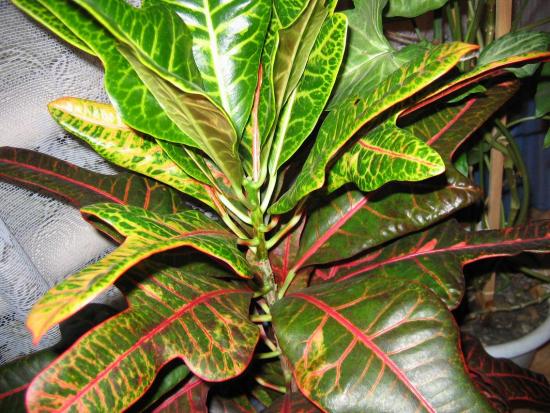
Before choosing a representative of indoor flora, try to find out about its properties in advance to avoid health problems.
Folk signs
Thanks to centuries-old observations of our ancestors, certain magical properties are attributed to various indoor plants:
- the presence of a cactus will attract money and protect the owner from unreasonable spending;
- Dracaena Sandera is called “Lucky Bamboo” because it provides its owner with good luck and career advancement;
- Crassula or Money Tree, whose leaves look like green coins, brings money, but plant disease can lead to the opposite effect;
- Akkuba or the Golden Tree promotes the well-being and development of existing talents, protects from ill-wishers;
- Zamioculcas is called the “Dollar Palm” because it attracts foreign currency;
- Croton is considered a kind of protector of the home, as it ensures harmony and allows the owner to organize thoughts and relieve depression. There is a belief that a person who buys and plants Croton will change his life within a year;
- by using Bamboo negative energy can be transformed into positive;
- Spathiphyllum or “Women’s Happiness” gives grooms to unmarried girls, helps couples find happiness

But there are signs of a different kind:
- It is not recommended to have dried flowers in the house due to the drying out of female beauty and energy, which can lead to discord in relationships with a man;
- It is believed that climbing types of flowers push men to cheat;
- artificial flowers contain inanimate energy and are only suitable for a cemetery
Feng Shui Recommendations
Fans of this Chinese art believe that indoor flora are capable of energetically balancing the aura of the owner and his home.To do this, it is worth placing them strictly according to the rules, so that they not only feed the space with positive energy, but also enrich it with oxygen.
In Feng Shui, special attention is paid to the arrangement of colors according to the cardinal directions:
in the southeastern sector it is recommended to place actively flowering and fruiting plants (Kalanchoe, begonia).
A children's room can be decorated with white violet, which removes the aggression of the transition period.
Placed in the eastern part of the apartment, philodendron with dracaena or ficus will help ensure the health of family members. It is recommended to place a monstera plant near the kitchen table to improve food absorption.
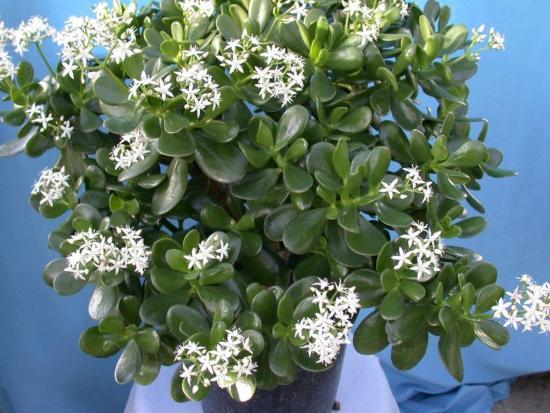
The northeastern sector is considered to be a monetary sector, therefore Crassula that's the place;
It is better to install cacti on northern windows to help calm aggressive people;
pink or red geranium will fill the house with health in the southern part of the house, and azalea will give a creative boost. Spent 15 min. near a geranium flower will improve metabolic processes.
The southwestern sector is preferable for chrysanthemums and hydrangeas. Their composition will improve both marital and working relationships; a pomegranate on the west window will awaken passion in the relationships of the owners; aloe in the northwest will give confidence and concentrate attention. Chlorophytum will provide the owner with energy in a difficult situation and improve the emotional state.
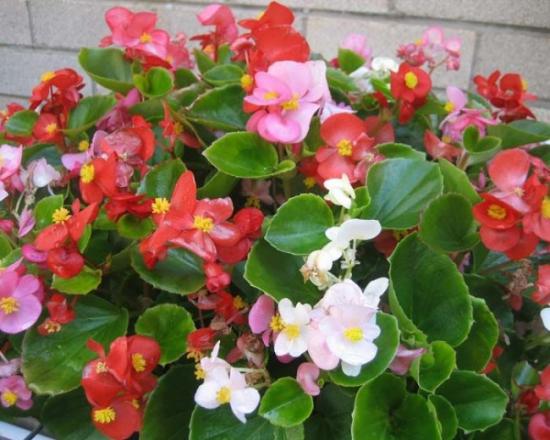
To eliminate negative energy, it is better to place flowers in large pots or flowerpots. For example, ficus and begonia are placed in large rooms where there are large crowds of people, in order to absorb negative emotions, filter them and transform them into positive energy.
The presence of bouquets devoid of roots only takes away energy.
Which types can be kept in the bedroom and which not?
Everyone wants their bedroom to look not only beautiful and cozy, but also to be filled with clean air to feel comfortable while sleeping. This can be achieved by placing certain types of indoor flora. It is best if they have soothing and bactericidal properties.
The most optimal for the bedroom is chlorophytum. It is capable of purifying the air in a room of 10 square meters in one day. m, 80% from pathogens.
Spathiphyllum also disinfects the air space of the room and improves the well-being of its inhabitants.
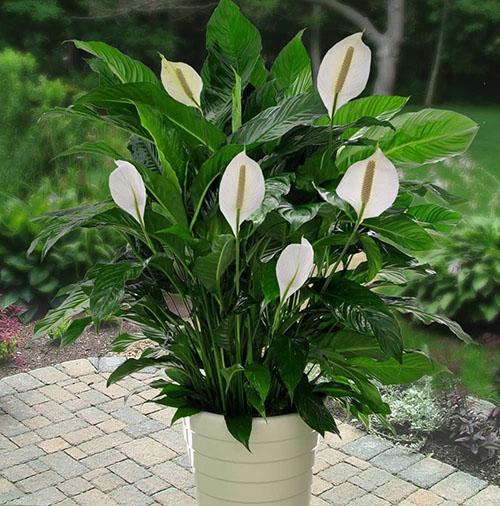
Aloe is recommended to be placed in bedrooms with new chipboard furniture to eliminate the negative effects of this material. Its positive property of saturating the room with oxygen at night will give an additional positive bonus to the body.
For older people, it is desirable to have Kalanchoe, which will help in the fight against various diseases, and begonia will fill the room with a pleasant aroma.
A pot of water will help with constant insomnia and internal tension. geranium or laurel, which will disinfect the air and saturate it with oxygen.
To prevent your body from being negatively affected during sleep, you need to know which flowers should not be kept in the bedroom:
- If you place fern or ivy near your bed, you will not be able to get enough sleep and will become tired and sick more often.
- Orchids, lilies or gardenias, which have a strong aroma, should not be placed in the bedroom, as they can cause headaches, nausea, insomnia, which can lead to migraines and nervous disorders.
- Vampire plants are also not recommended to be placed in a sleeping area.
- Coniferous plants can lead to mold formation.
When choosing a flower for the bedroom, try to study its features so as not to cause discomfort, as well as the painful condition of family members.
Children bedroom
Children are little restless creatures who are interested in everything. Not every child understands that it is better not to touch this plant often; darkness or bright light, or high humidity are not suitable for him. Therefore, flowers that are difficult to care for should not be placed in a child’s room, since a child can disrupt the growth conditions of the plant, which will lead to its rather rapid death.
If your child suffers from allergies or is asthmatic, then the presence of any flowers in the room is strictly contraindicated, and placing them in large quantities will lead to the formation of various mushrooms in the wet soil, which will also negatively affect the child’s health.
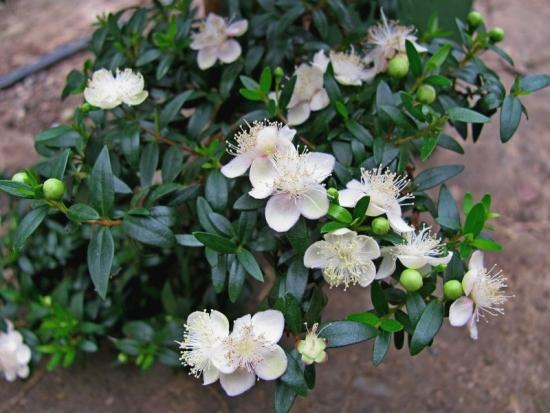
Children need those types that release oxygen and eliminate bacteria to support their immunity. Hibiscus will do an excellent job for this purpose. myrtle, eucalyptus, chlorophytum, balsam, tangerine, lemon. They are quite unpretentious and will cope well with all kinds of toxins.
You should also not forget about dangerous plants that, if they enter a child’s body, can cause poisoning or even more dangerous consequences. Therefore, such representatives of the flora as ficus, azalea, and dieffenbachia should never be placed in the baby’s room.
From all of the above, we can conclude that adding beauty to your home or apartment in the form of indoor plants is not such a simple matter. First, you should decide or consult with a florist about the usefulness or harmfulness of this species.
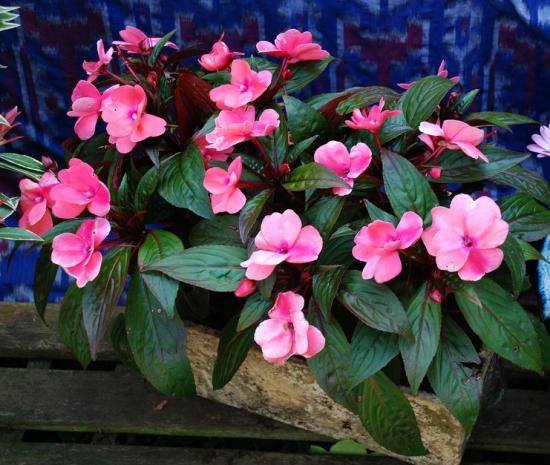
If you are a fan of Feng Shui, then it is worth studying the fundamental principles of placing these objects. The main thing is to immediately exclude from the purchase purpose plants that cannot be kept at home.
For more information about plants that can be kept in the house and which are not recommended to be kept in it, see the video:

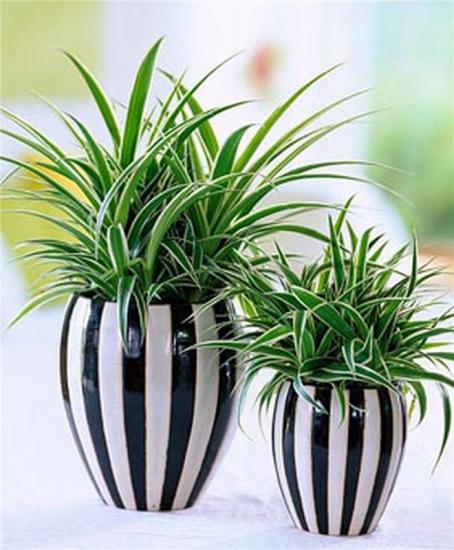
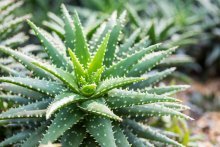
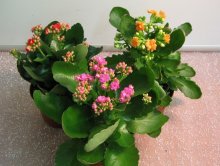
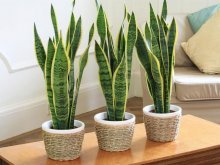

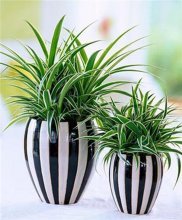
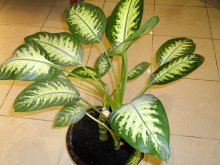

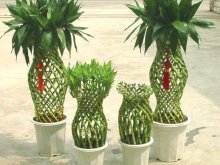
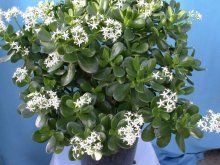
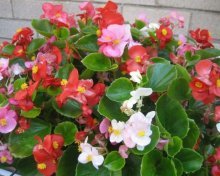
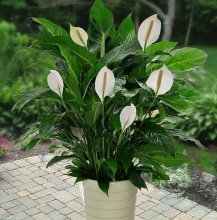
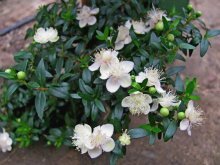
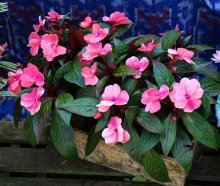

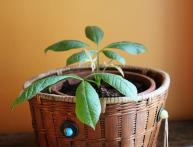
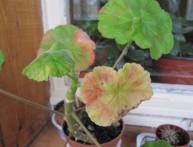


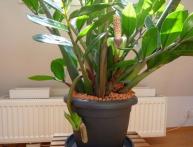
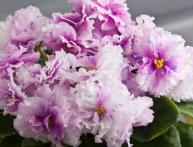
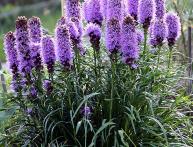
Comments
I really love indoor flowers, but I am especially careful when choosing them. Since I have children and animals at home, I don’t have any dangerous plants. I mainly have succulents and flowers, which love a lot of light since the windows face south.
I am very sensitive to the choice of indoor flowers and never buy poisonous plants; I give preference to the simpler and more familiar ficuses, geraniums, violets and tradescantia.